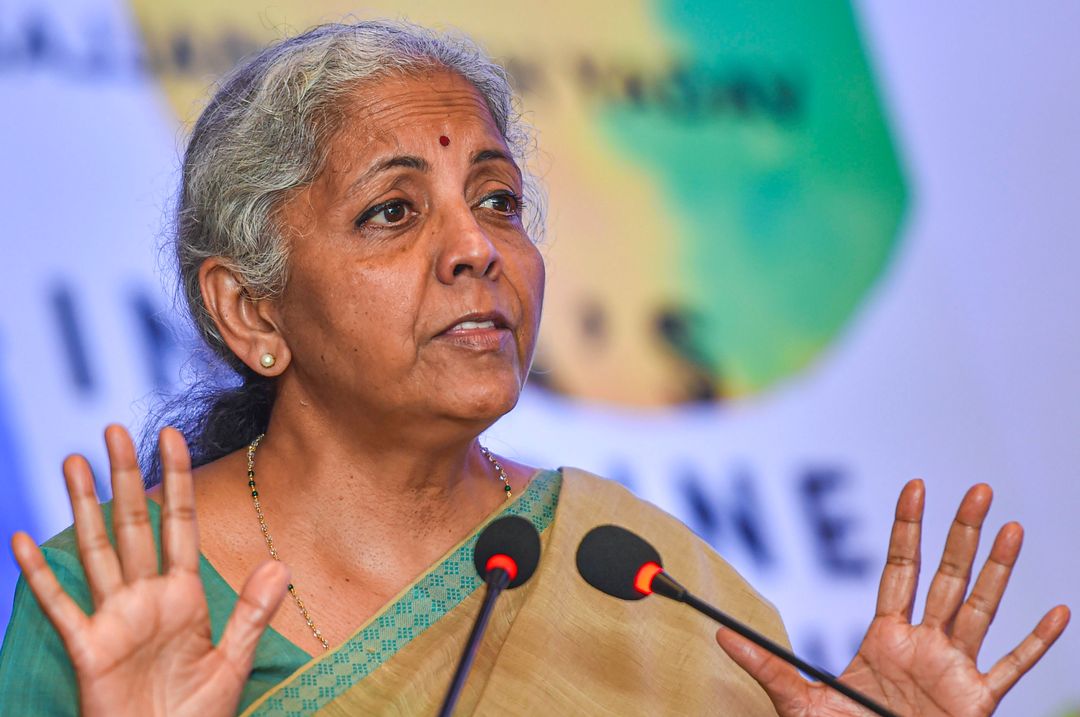New Delhi, Feb 26: India must maintain tax buoyancy in the range of 1.2-1.5 to achieve a medium-term GDP growth of 6.5-7%, according to an EY report released on Wednesday. The report highlights the need for stronger revenue mobilization, particularly by increasing the tax-to-GDP ratio from an estimated 12% in FY26 to 14% by FY31.
EY emphasizes that India's fiscal strategy should focus on enhancing tax buoyancy, prudent expenditure management, and sustained structural reforms to ensure long-term economic stability.
Commenting on the FY26 budget, EY India Chief Policy Advisor D K Srivastava stated that it effectively balances fiscal consolidation with growth objectives. However, to realize the Viksit Bharat vision, India must ensure a stable tax buoyancy in the 1.2-1.5 range. "This will provide the necessary fiscal space to accelerate infrastructure development, boost social sector spending, and maintain fiscal discipline," Srivastava added.
The EY India Economy Watch report notes a gradual decline in tax revenue buoyancy over the past three years—falling from 1.4 in FY24 to 1.15 in FY25 (RE) and an estimated 1.07 in FY26 (BE). Ensuring a buoyancy range of 1.2-1.5 could help the government sustain the projected GDP growth of 6.5-7.0%.
For FY26, India's GDP is expected to grow between 6.3% and 6.8%, while the current fiscal growth estimate stands at 6.4%.
The report also outlines India's fiscal consolidation efforts, noting that the fiscal deficit-to-GDP ratio declined from 4.1% in FY15 to 3.4% in FY19 and is expected to settle at 4.4% in FY26. However, EY stresses the importance of reducing this ratio to the FRBM target of 3% for long-term fiscal sustainability.
EY emphasizes that India's fiscal strategy should focus on enhancing tax buoyancy, prudent expenditure management, and sustained structural reforms to ensure long-term economic stability.
Commenting on the FY26 budget, EY India Chief Policy Advisor D K Srivastava stated that it effectively balances fiscal consolidation with growth objectives. However, to realize the Viksit Bharat vision, India must ensure a stable tax buoyancy in the 1.2-1.5 range. "This will provide the necessary fiscal space to accelerate infrastructure development, boost social sector spending, and maintain fiscal discipline," Srivastava added.
The EY India Economy Watch report notes a gradual decline in tax revenue buoyancy over the past three years—falling from 1.4 in FY24 to 1.15 in FY25 (RE) and an estimated 1.07 in FY26 (BE). Ensuring a buoyancy range of 1.2-1.5 could help the government sustain the projected GDP growth of 6.5-7.0%.
For FY26, India's GDP is expected to grow between 6.3% and 6.8%, while the current fiscal growth estimate stands at 6.4%.
The report also outlines India's fiscal consolidation efforts, noting that the fiscal deficit-to-GDP ratio declined from 4.1% in FY15 to 3.4% in FY19 and is expected to settle at 4.4% in FY26. However, EY stresses the importance of reducing this ratio to the FRBM target of 3% for long-term fiscal sustainability.
Last updated by a enewsx:


